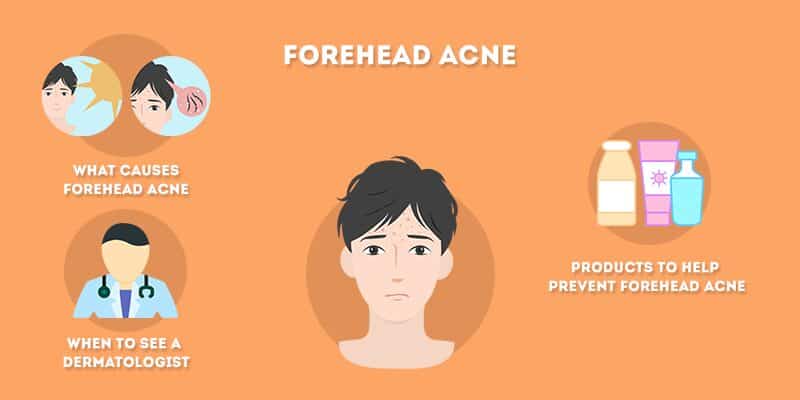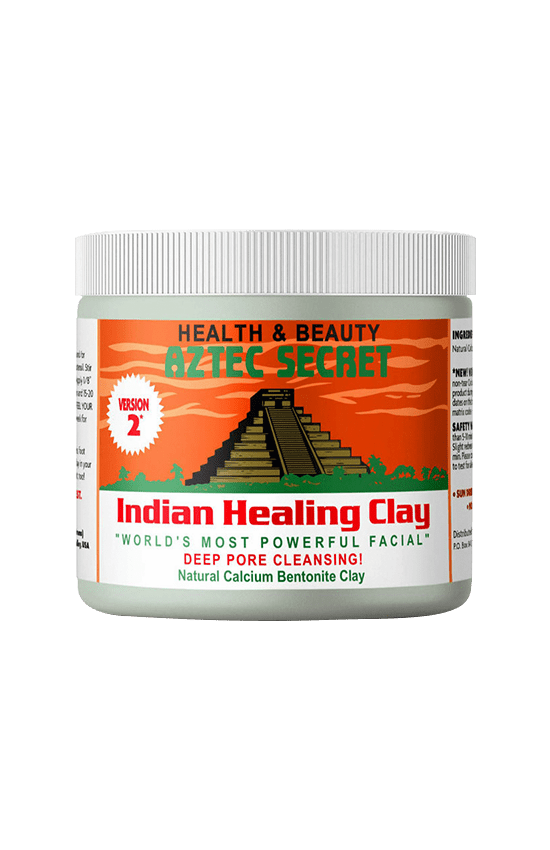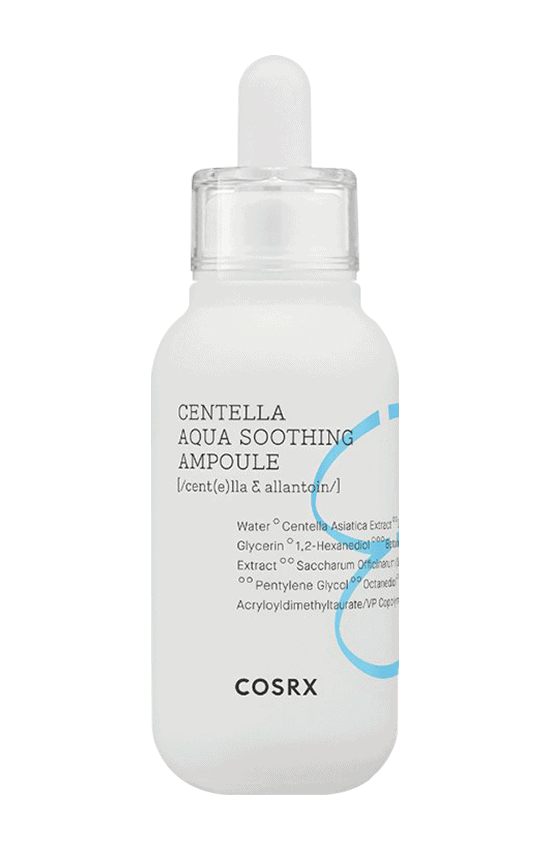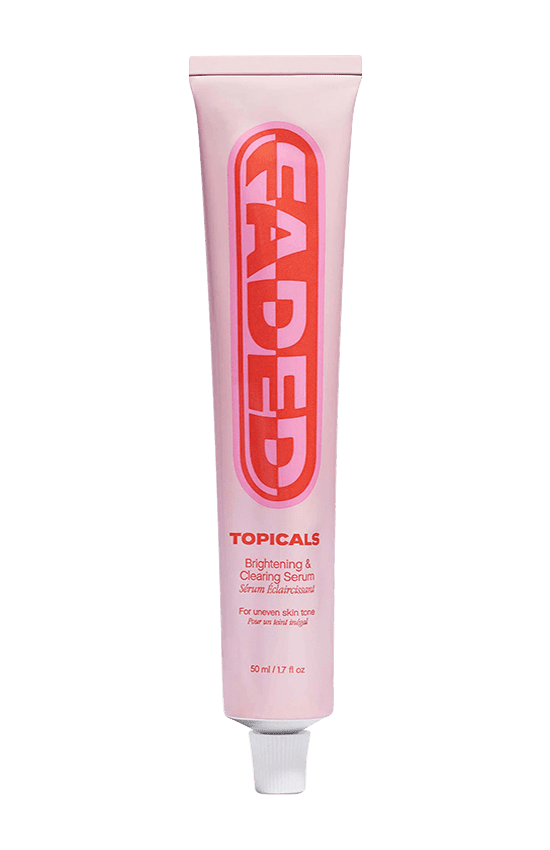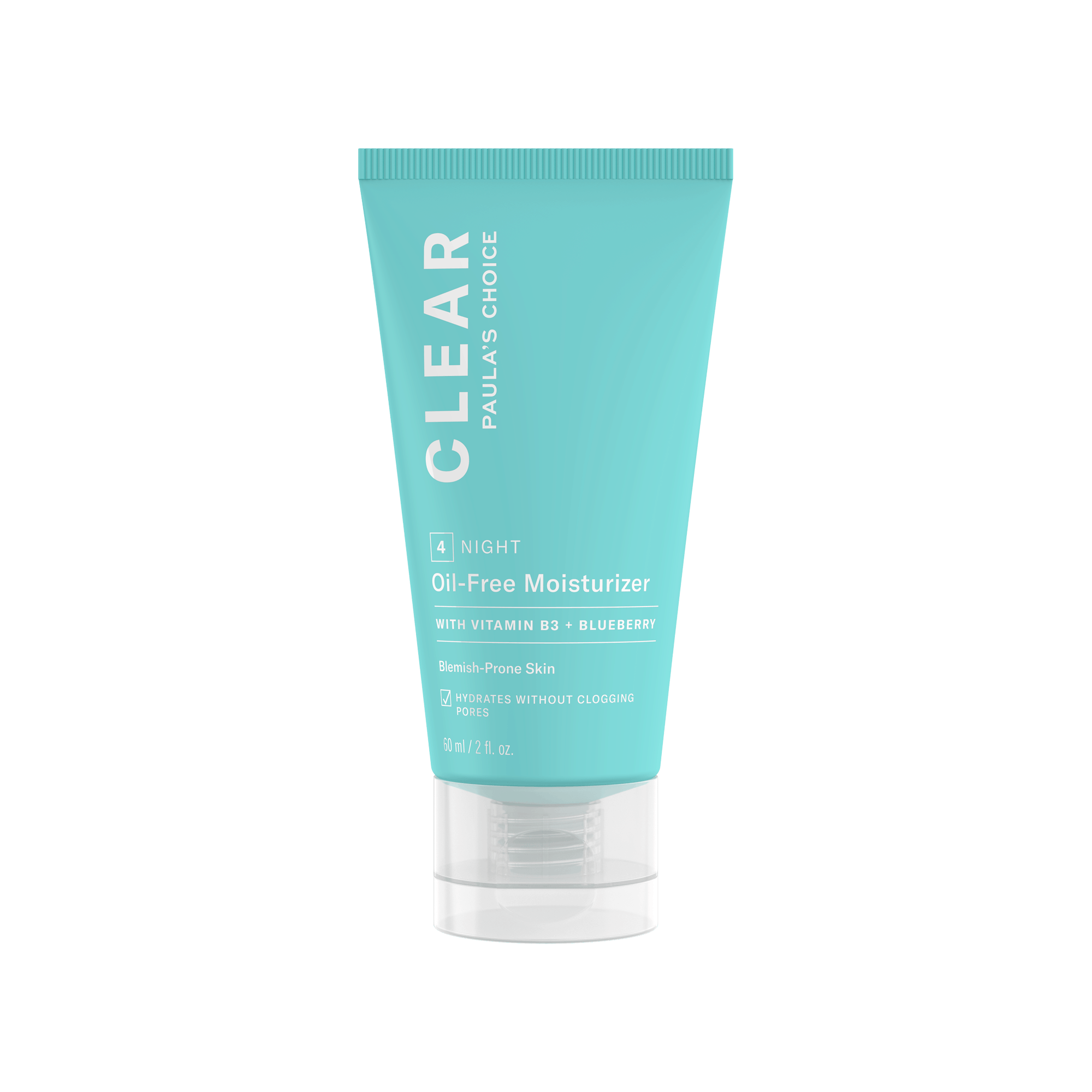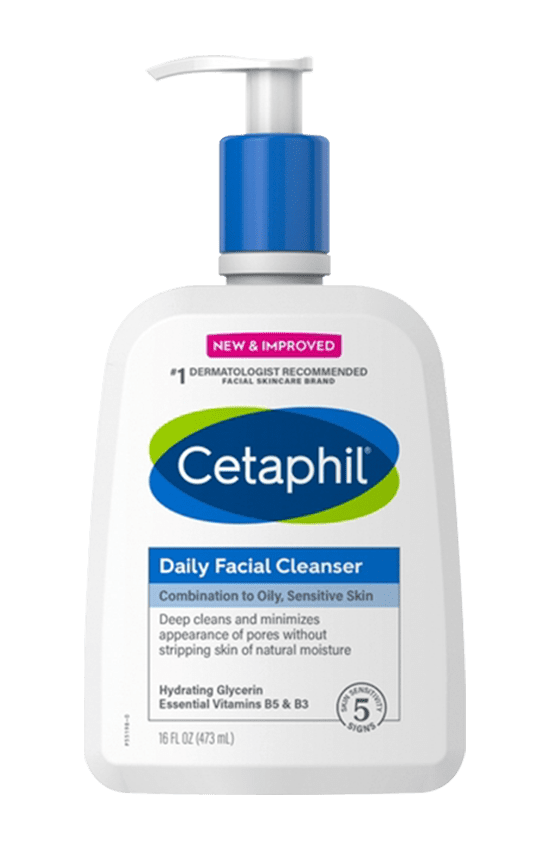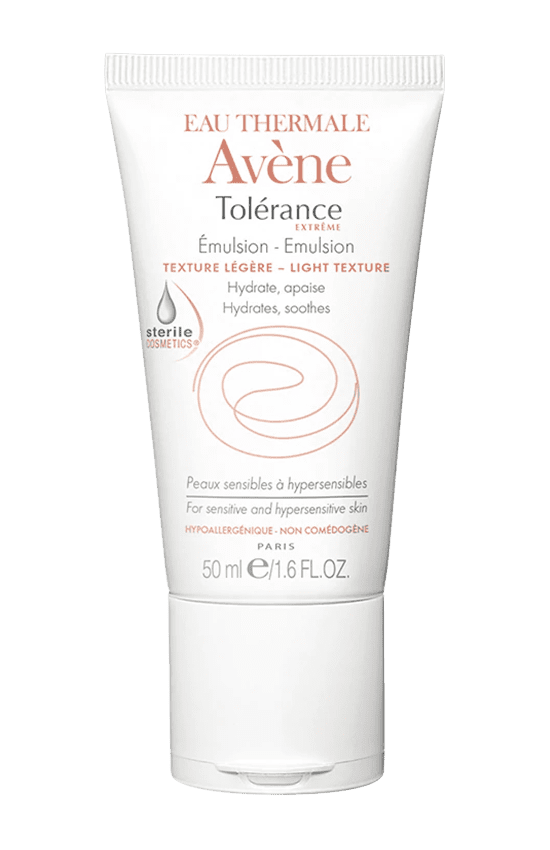Forehead acne can be an incredibly annoying and distressing skin issue to have to deal with on an ongoing basis. Regardless of your age or gender, this affliction can strike anyone at any time.
Read on to learn how to get rid of forehead acne.
What Causes Forehead Acne?
There are a variety of causes of forehead acne, making it difficult to identify the root of the problem. Here are some of the most common causes of forehead acne to consider.
1. Hair Products
Although it can be tempting to use a lot of hair product to get that perfect style, often it is these products that are contributing to forehead acne. Some of the biggest culprits include oils, gels, waxes, and pomades. Hair products products can seep into the skin, clogging pores and exacerbating the acne. When choosing hair styling aids, look to avoid products that contain cocoa butter or coconut oil.
2. Puberty
Acne is associated with teenagers for good reason. The surge in hormones as kids enter puberty is responsible for an increase in oil production. This increased oil is responsible for the clogging of pores and development of acne. The forehead region is the most common place for teenagers to develop acne. As hormones continue to fluctuate, the forehead acne can come and go.
3. Leaving On Makeup
Like hair products, makeup can also contain a myriad of chemicals that may prove to be irritating to the skin. This irritation can clog pores and lead to forehead acne. Skin that is sensitive or oily is more prone to irritation by common makeup products. Because of this, you should seek out makeup that is non-comedogenic.
4. Some Medications
It is not unheard of for some medicines that cause acne as a side effect. Be sure to talk to your doctor before taking prescription medicine if you are concerned that the treatment may irritate your skin and lead to breakouts. Some examples of medicine that often list acne as a side effect are steroids, barbiturates, and lithium.
How to Get Rid of Forehead Acne
Getting rid of forehead acne isn't impossible. But it should be noted that preventing forehead acne is a key component in the entire process. So once you're able to get your forehead breakouts under control, maintain a diligent skincare routine to prevent it from coming back.
1. Regularly Cleanse Your Forehead
Cleansing is a critical first step in any proper skincare routine. Cleansing your forehead will help remove excess dirt, sebum and environmental impurities. Additionally, it will remove any makeup or sunscreen that you have on your skin.
By preventing build-up and clogged pores, you will ultimately lessen the chance of acne developing in the first place. In skincare, prevention is worth a pound of cure. Be diligent! Check out our list of best drugstore face washes.
2. Incorporate a Chemical Exfoliant
Chemical exfoliation works to quickly remove layers of dead skin cells to reveal a fresher layer of skin. There are various types of acids that you can exfoliate with. Two of the most popular are AHAs (alpha hydroxy acids) and BHAs (beta hydroxy acids). Products that contain BHA are ideal when looking to combat blackheads, blemishes, and enlarged pores.
Salicylic acid (a popular BHA product) is oil soluble - meaning it can penetrate through oil to deeply exfoliate your pores. This process helps to clear away blemishes and diminish the size of pores. Additionally, the anti-aging properties of BHA deliver moisture to the skin to improve the overall complexion and brightness.
Routinely exfoliating your forehead will help prevent and get rid of acne, blackheads and signs of redness.
3. Apply a Targeted Spot Treatment (Benzoyl Peroxide)
Benzoyl peroxide works by killing the propionibacteria acnes, or P. acnes (the bacteria that is responsible for the formation of blemishes). P. acnes cannot survive in oxygen-rich environments. By bringing oxygen to the pore, benzoyl peroxide kills the acne-causing bacteria and reduces the incidence of breakouts. Clinical studies cite benzoyl peroxide has a proven track record of safety and efficacy for the treatment of acne.
Note: Applying benzoyl peroxide every night may be a bit drying. For this reason, start with application every other day. Gradually increase or decrease your frequency depending on how severe your forehead acne is.
4. Moisture (If Needed)
If your forehead is experiencing excess dryness due to acne treatments, consider a a lightweight, gel based, non-comedogenic moisturizer. There are plenty of affordable, drugstore options here. Look for one that is labled as "gel based", "light weight", and "non-comedogenic". Generally, overly thick moisturizers tend to clog pores, and are not suitable for those with acne.
Best Products for Forehead Acne
It can be overwhelming when you first start your search for the best skin care products for your needs. Here are four of the most effective and proven products available to forehead acne sufferers.
- A cleanser will prevent buildup of oil and sebum.
- Exfoliants speed up skin desquemation, therefore preventing clogged pores.
- Benzoyl peroxide kills bacteria that leads to breakouts.
- Lastly, a moisturizer is helpful if your skin is becoming dry due to exfoliants or benzoyl peroxide.
1. CeraVe Foaming Facial Cleanser
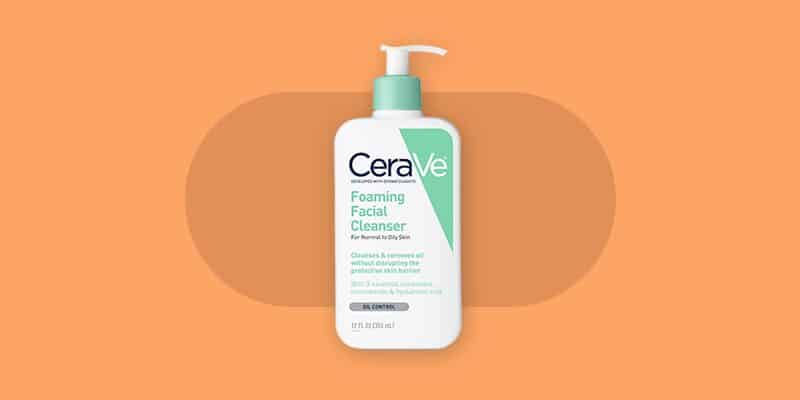
Cleansers are the first step to help get rid of forehead acne. CeraVe's foaming facial cleanser is perfect for normal to oily skin.
- How to use: Wet your face, and gently work a quarter sized amount of product into your skin. Wash with lukewarm water, pat dry.
- How it works: This foaming cleanser works to remove excess oil without breaking down the natural protectiveness of the skin barrier. Ultimately helping prevent acne build up and clogged pores.
- How it helps to prevent forehead acne: By removing excess dirt, oil and sebum, you can expect more smooth and radiant skin. Additionally, by keeping your pores clean, you minimize the chance for acne to develop. Notably, cleansers will NOT treat existing forehead acne, but they will help PREVENT it from developing.
- What to expect: The three essential ceramides deliver a fresh face after every wash, setting the skin up to be toned and exfoliated. The hyaluronic acid puts moisture back into the skin while the ceramides helps to soothe irritation. This budget choice is an ideal first step of any skincare regimen because of its effective cleansing properties.
2. Paula's Choice 2% BHA Salicylic Acid Exfoliant
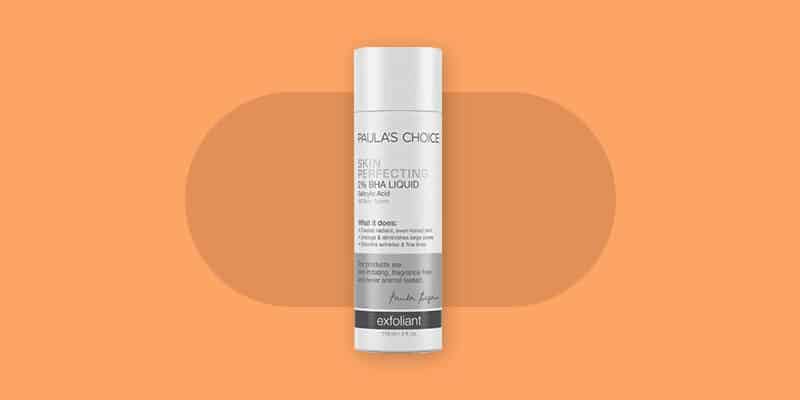
Exfoliate away your persistent forehead acne and blackheads
Paula's Choice 2% BHA is formulated specifically for use on blackheads and enlarged pores. It is the ideal product for getting rid of forehead acne.
- How to use: After cleansing your skin, dispense a quarter size amount to a cotton pad and gently wipe your entire face, making sure to cover all areas. Follow up with your favorite moisturizer.
- How it works to prevent and get rid of forehead acne: The gentle, and non-abrasive exfoliant is designed to be left on the skin. The beta hydroxy acid (BHA) works to unclog pores and reduce the appearance of large pores. In short, the skin becomes clearer and brighter with a more even tone throughout.
- What to expect: Designed for all skin types, this non-irritating and fragrance-free product is recommended for up to twice daily use to achieve maximum results. However, you should start with a single application and work your way up.
3. Acne.org 2.5% Benzoyl Peroxide
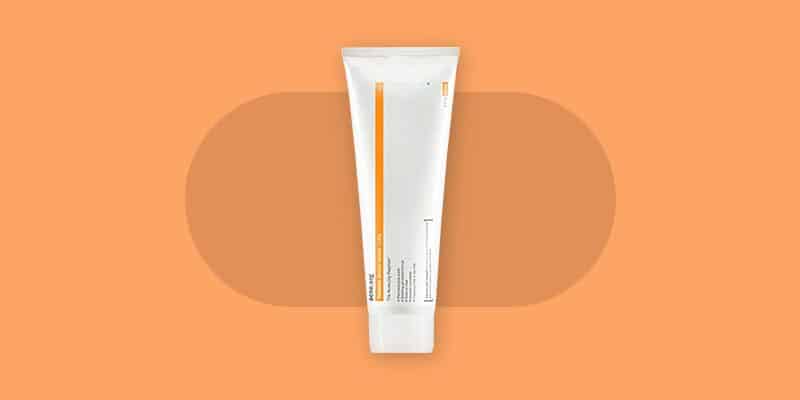
Forehead acne never stood a chance against benzoyl peroxide
Benzoyl peroxide and antibiotics are the mainstay of topical acne therapy. As the critical second step of the acne.org skincare regimen, this treatment contains 2.5 percent benzoyl peroxide that is both pharmaceutical grade and triple-milled for the most effective results.
- How to use: After cleansing and exfoliating, apply a thin layer of product to your inflamed acne lesions. This product works best as a spot treatment, so to prevent unnecessary drying, apply only to active acne.
- How it works to prevent and get rid of forehead acne: Benzoyl peroxide is an antimicrobial, which means it helps reduce the amount of acne-causing bacteria on the skin. By reducing bacteria you will ultimately prevent forehead acne. Additionally, benzoyl peroxide also helps prevent clogged pores. It is one of the most effective over-the-counter acne treatment available on the market.
- What to expect: The 2.5 percent solution works to remove forehead acne without drying out the skin unnecessarily. Because the product is gel-based, it will not clump up or turn white when you sweat. The eight ounces of solution can be expected to last approximately one to two months. The fragrance-free and dye-free product is designed for use on all skin types, making this a good solution for most skin types.
- Tip: You can use benzoyl peroxide and salicylic acid at the same time. However, if your skin is becoming dry, scale back usage, or incorporate a moisturizer.
4. CeraVe Facial Moisturizing Lotion PM
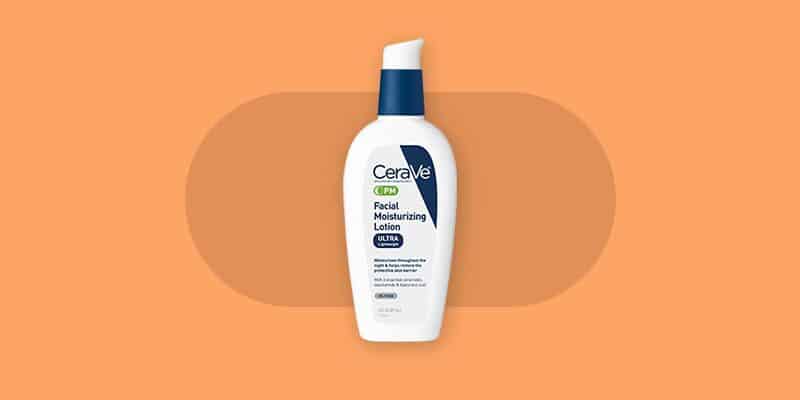
If salicylic acid and bezoyl peroxide is drying your forehead out, apply some moisturizer
- How to use: After cleansing, exfoliating and using a spot treatment, apply a nickle sized amount of moisturizer and gentle massage it into your skin.
- How it helps forehead acne: This product helps moisturize and restore the natural balance of the skin's protective barriers. It is perfect for replenishing moisturize that is loss due to using salicylic acid or benzoyl peroxide.
- What to expect: This moisturizer is fragrance-free, hypoallergenic, oil-free, and non-irritating, making it an exceptional moisturizer for those with sensitive skin or acne prone skin. Although it says PM - you can use it during the day. It's called CeraVe PM because it does not contain sunscreen.
5 Additional Tips for Preventing Forehead Acne
As one of the most common places for blemishes to appear, forehead acne can be especially disheartening because of its conspicuous nature. Like all other types of acne, forehead outbreaks are caused by excess oil, dead skin cells, and dirt clogging the pores and creating swollen bumps on the skin. The onset of puberty, stress, and genetics are all factors that lead to acne.
Here are a few additional and proven tips for you to help prevent forehead acne from becoming an issue:
- Change Your Pillowcases: Dirt and excess oil can transfer to your pillow case. In order to prevent forehead acne, it is a good idea to regularly wash and change your pillow cases.
- Keep Hands Away From Face: It is vital to resist the urge to touch your face if you are looking to mitigate forehead acne. The oil and dirt on your fingers will transfer to the face and clog pores if you are always touching the skin. Additionally, it may help prevent picking at your skin.
- Avoid Wearing Sweatbands and Headbands: Sweatbands will soak up any sweat that comes off of your skin. If you leave these on for prolonged time, you may increase your chances of developing forehead acne. After wearing a sweatband, make sure to thoroughly cleanse your skin afterwards.
- Cut Your Bangs or Keep Hair Tied Up: Your hair contains oil which may transfer to your forehead (if you have long hair). In order to prevent this from transferring to your skin, it is wise to keep hair tied up, or to cut your bangs.
- Wash Your Forehead After Prolonged Activity: For those playing sports or participating in laborious activity, make sure to cleanse your forehead area afterwards. This will help prevent any buildup from clogging your pores, which ultimately cause forehead acne.
See a Dermatologist for Persistent Forehead Acne
It's recommended to see a dermatologist if you have persistent forehead acne. Additionally, you should consider seeing a dermatologist if nothing you've tried over the counter is working. It can be difficult to treat persistent forehead acne, and you may need professional treatments. Dermatologists are acne specialists and can quickly identify problems and solutions before anyone else.
FAQ
Can you get rid of forehead acne overnight?
Unfortunately, there is no miracle cure-all for this skin affliction. For the most part, controlling acne is a long-term commitment. The proper preventative treatment often involves a host of lifestyle changes. Fortunately for acne sufferers, there is a myriad of products available to get rid of and prevent forehead acne.
Will a cleanser help forehead acne?
Yes - as the first step in any skincare routine, cleansers play a critical role in removing dirt, oil, makeup, and other residue caused by the environment. Skincare experts recommend cleansing twice per day for most skin types.
If your skin is becoming too dry as a result of the twice-daily cleansings, cut back to once and make sure it is done at night. Moreover, cleanse your skin gently, without aggressive scrubbing. If your cleanser is drying out your skin, look at different options formulated specifically for your skin type.
How often can you use benzoyl peroxide on your forehead?
Benzoyl peroxide can be used once or twice daily, depending on how well your skin tolerates its drying features. Because it is a spot treatment, do not use benzoyl peroxide over the entirety of the face.
Will using a moisturizer make forehead acne worse?
If you are using the right moisturizer for your particular skin type, then no. A well-formulated moisturizer will provide the needed relief that your skin needs to look its best without further clogging the pores and causing more forehead acne. Feel free to only use moisturizer where you are experiencing dryness (especially those with combination skin).
The Bottom Line
Be diligent in your skincare routine. Cleanse your skin regularly. Exfoliate with a salicylic acid exfoliant. Use over the counter products containing salicylic acid or benzoyl peroxide. See a dermatologist for persistent forehead acne
